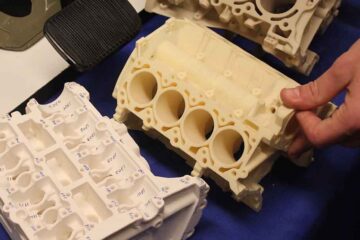Lean Terms
Machine Cycle Time
Machine cycle time is the time a machine actually requires to produce one unit of output. Machine cycle time has three basic components. It has the time to load the machine, the actual machining or machine time, and the unloading time. Machine cycle time seems like a simple concept, but Read more…




